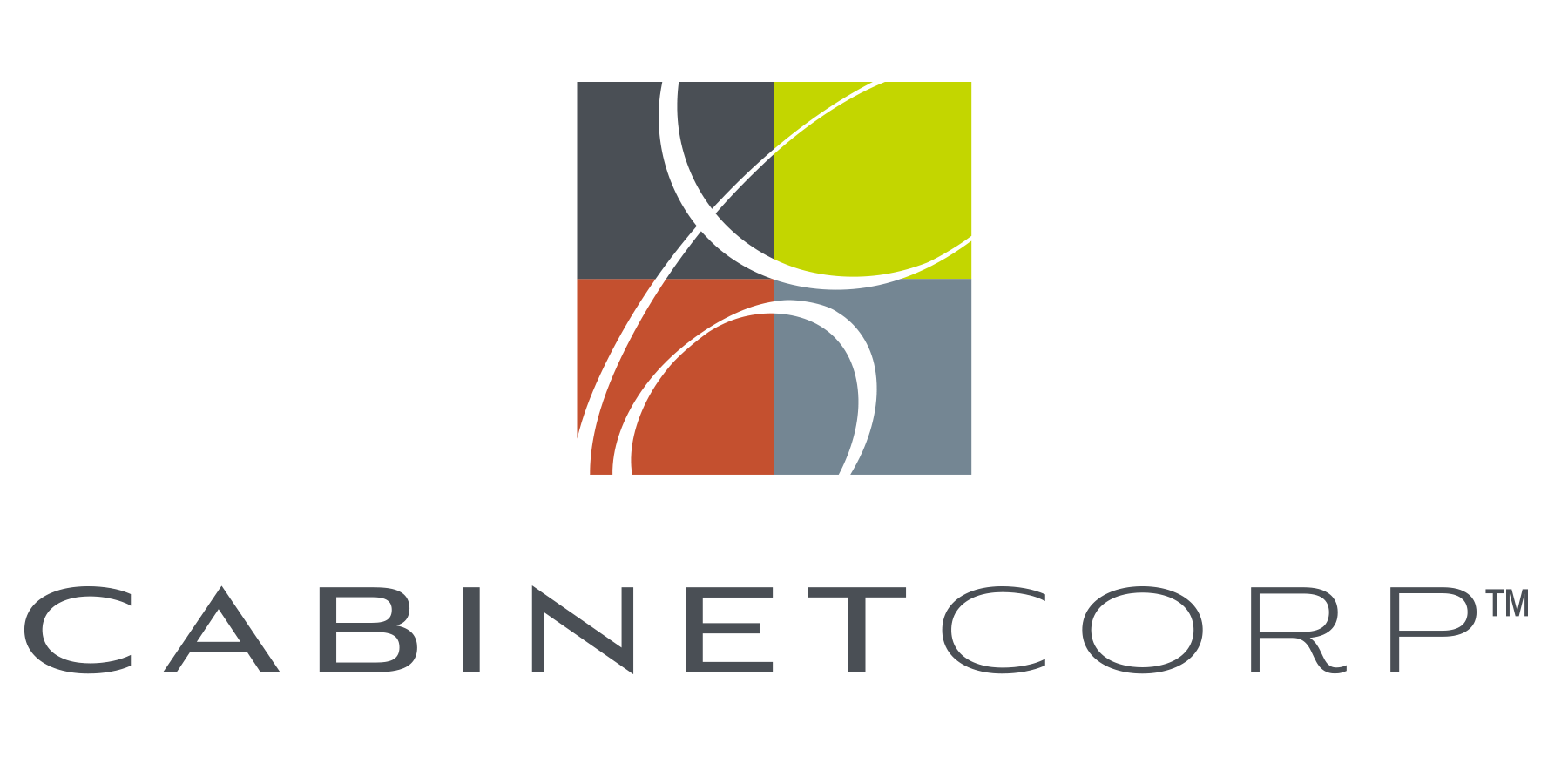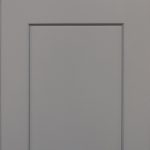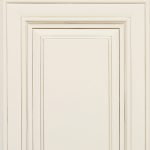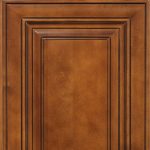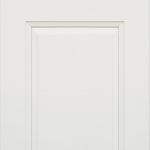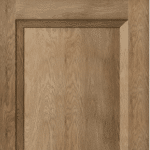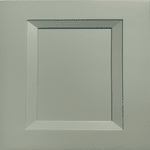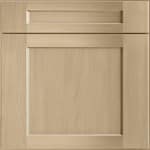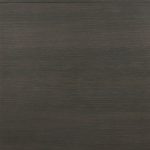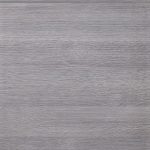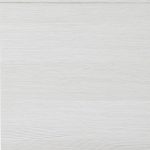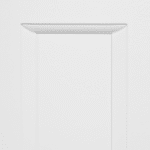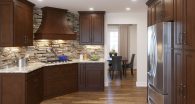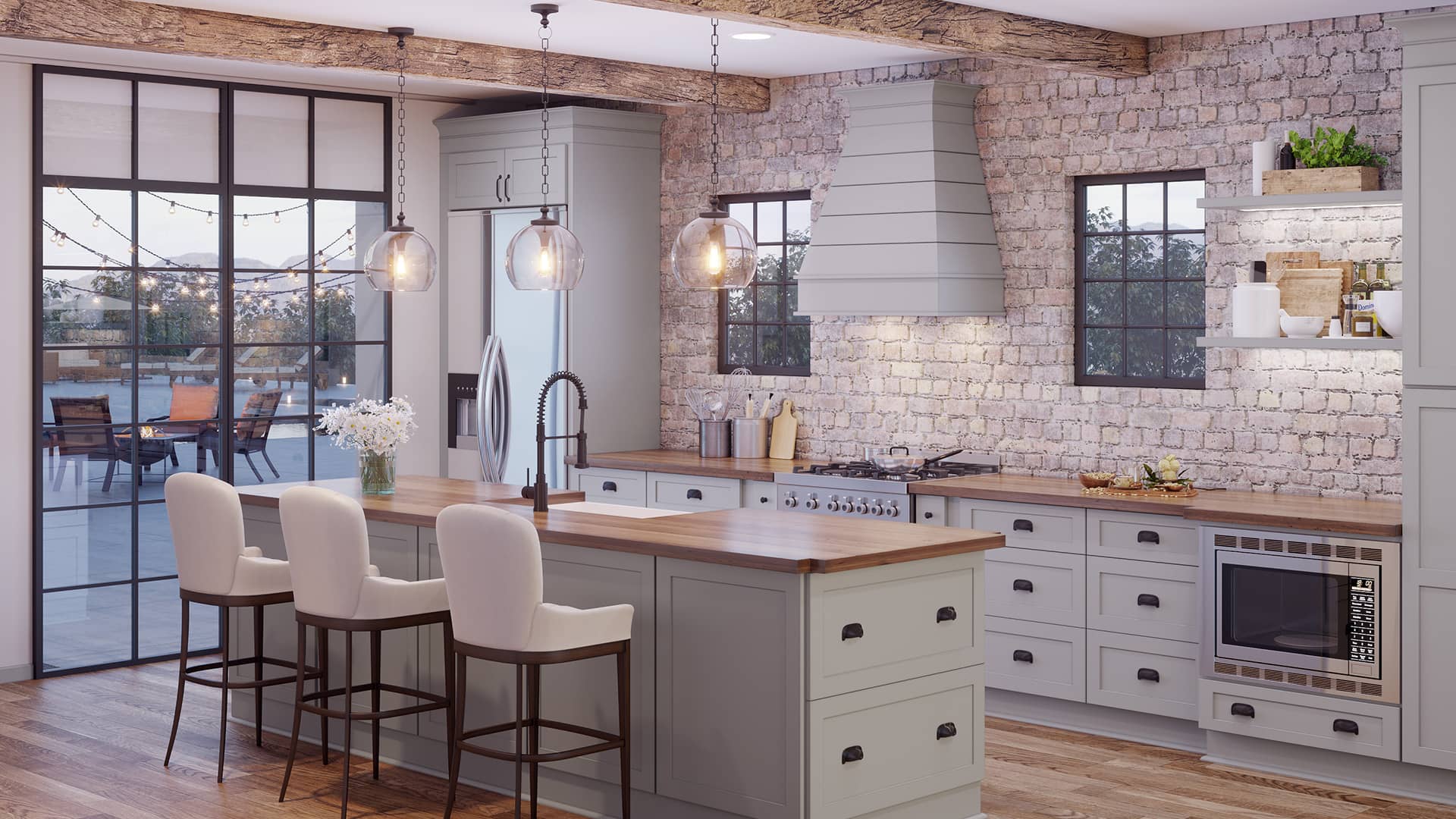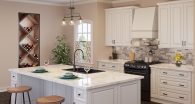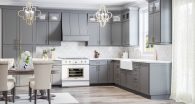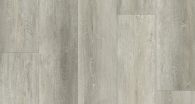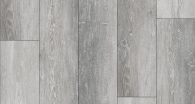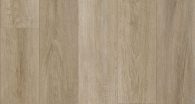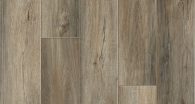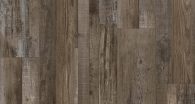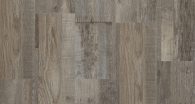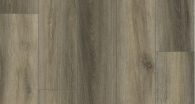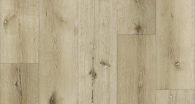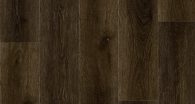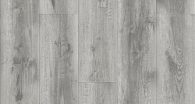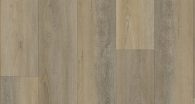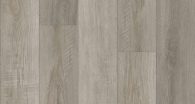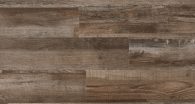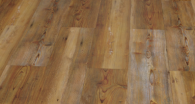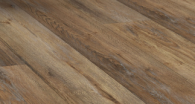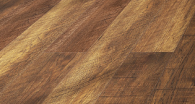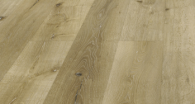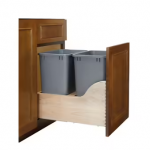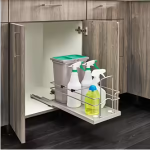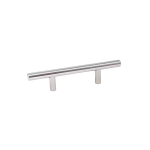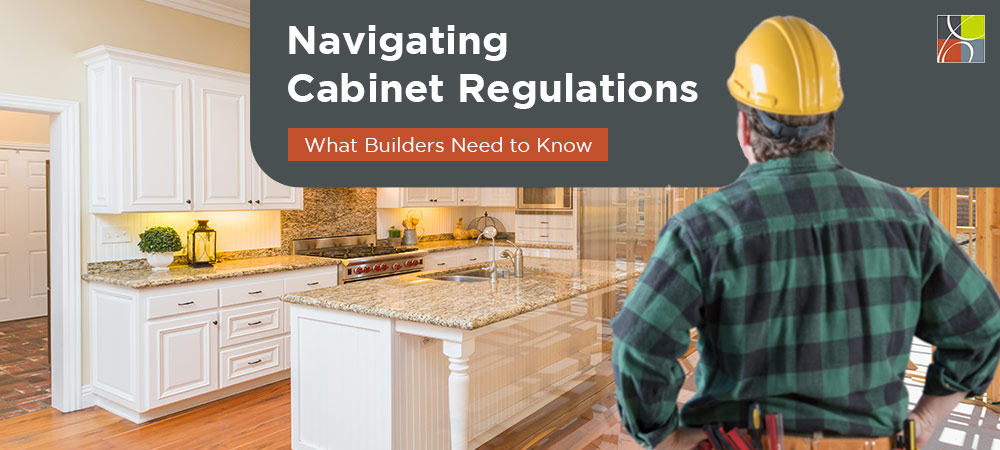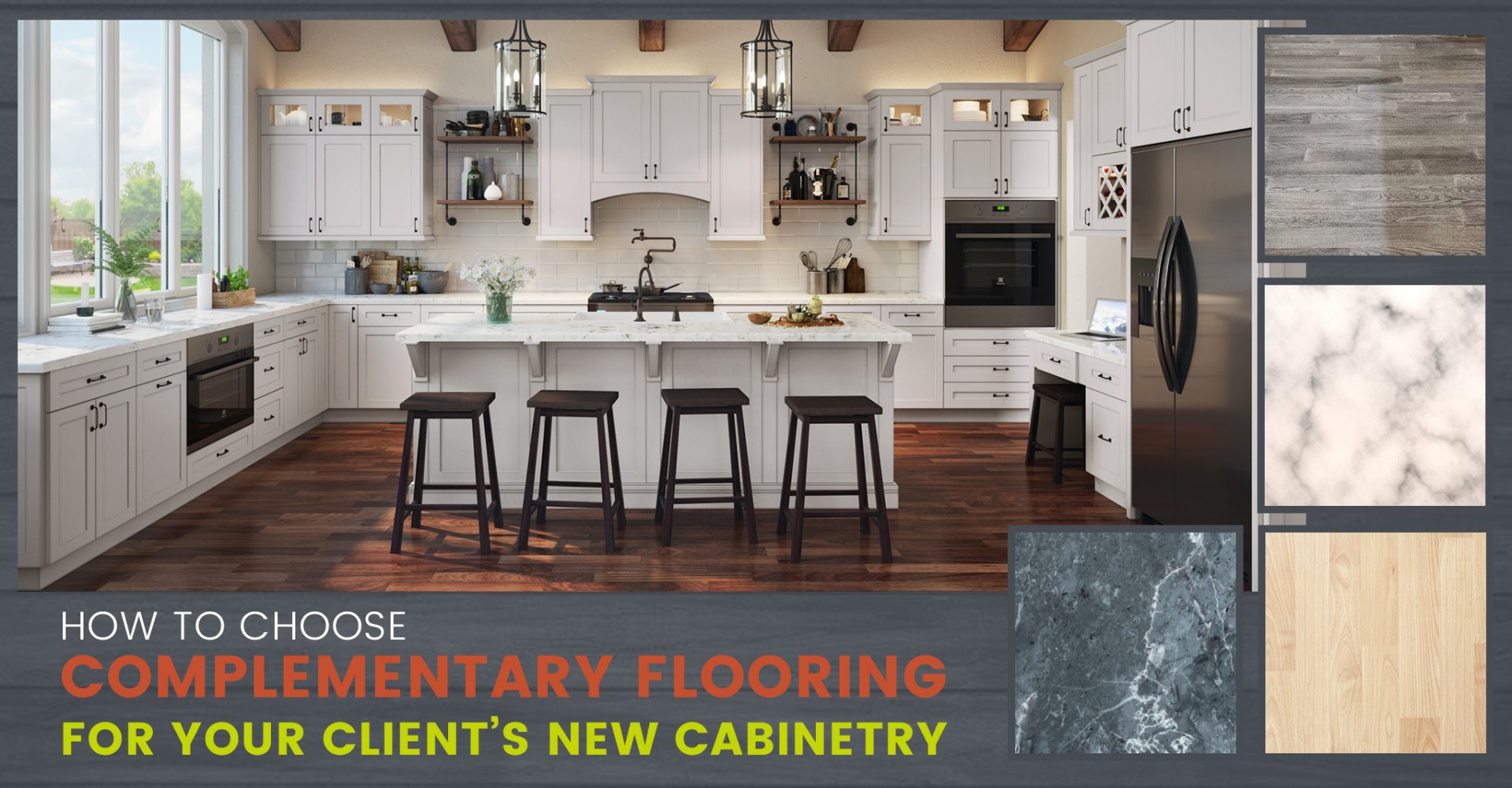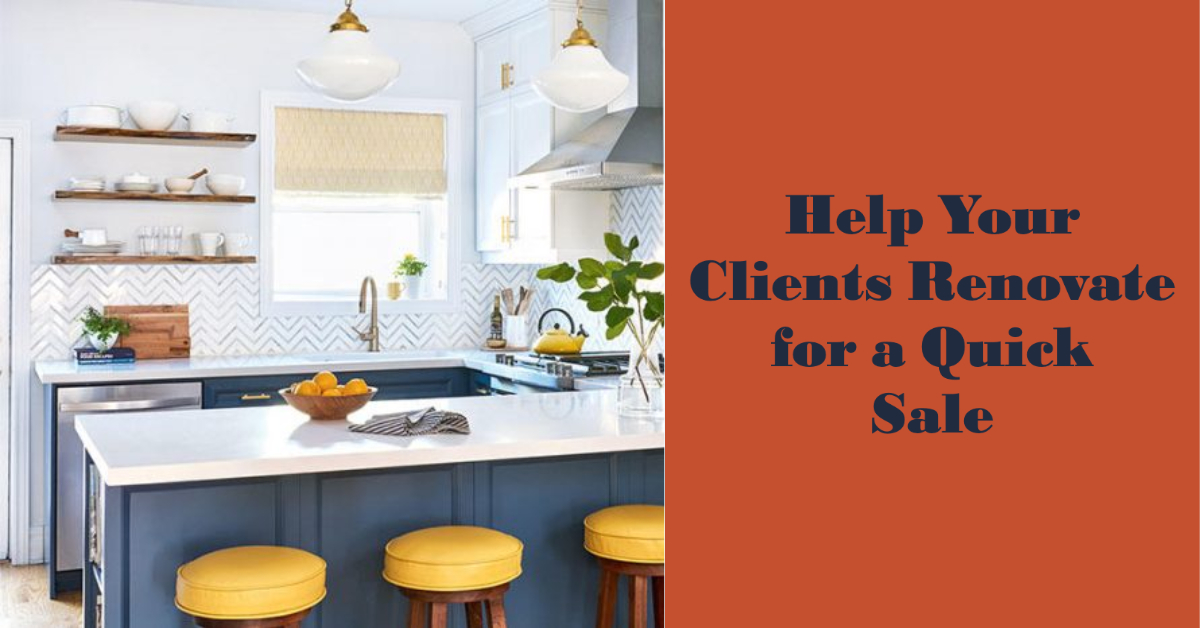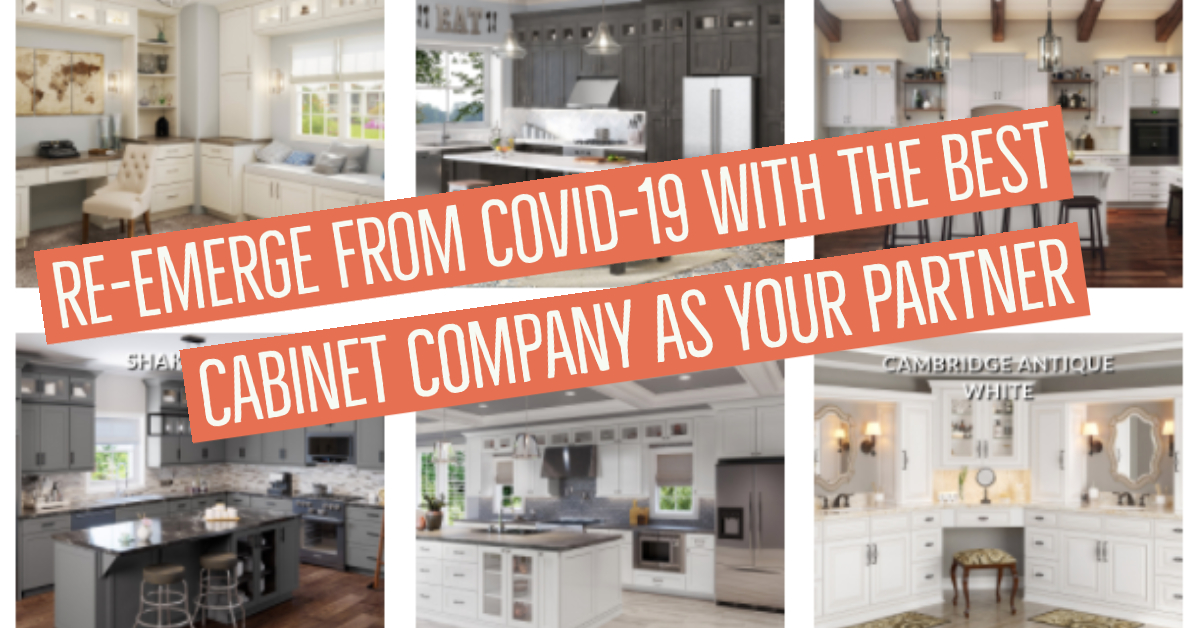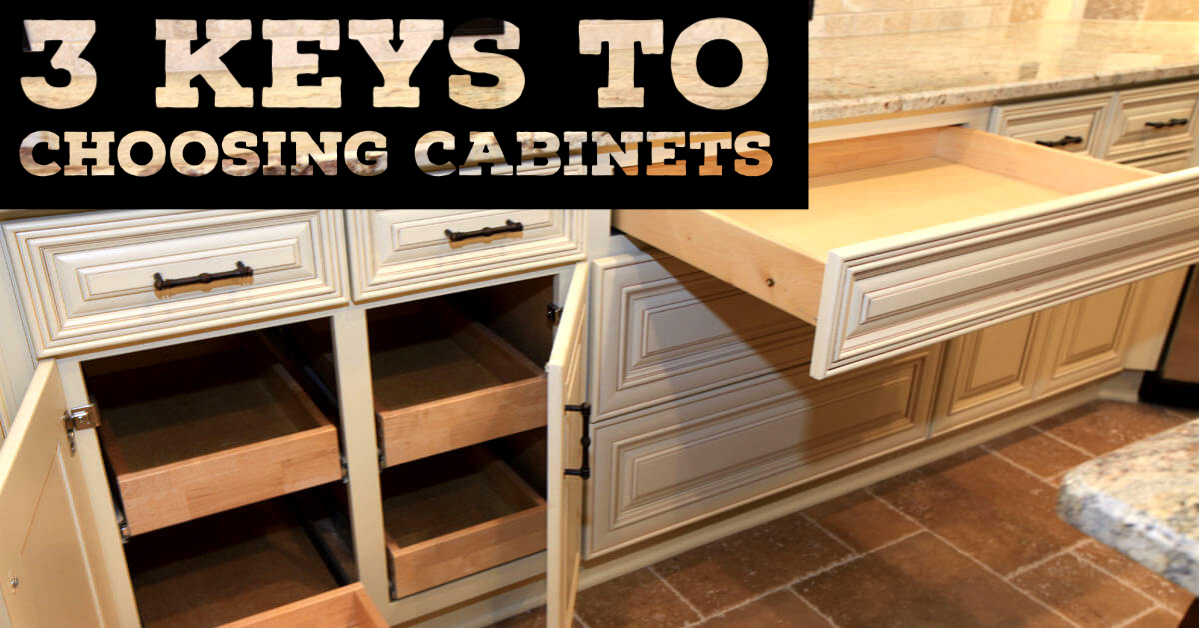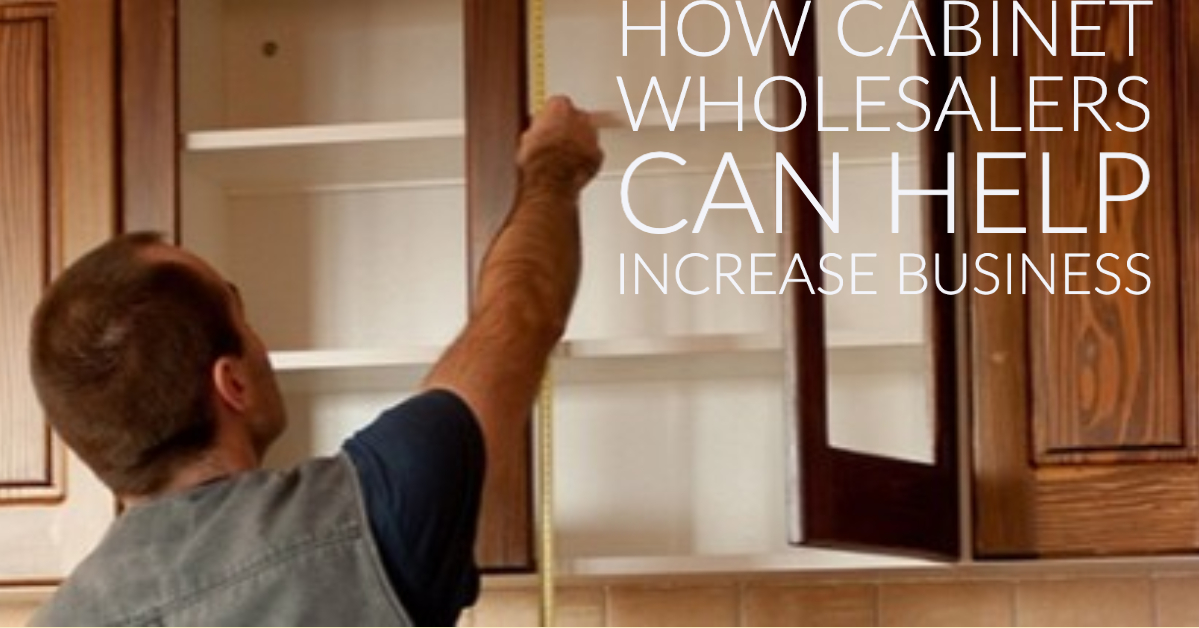Choosing high-quality cabinets is just one aspect of kitchen and bathroom renovations. Builders and contractors can guarantee the cabinets meet local, state, and national building code requirements.
Understanding these key code compliance factors is not just a matter of avoiding costly fines or delays. Non-compliance can lead to safety hazards and even legal issues. Therefore, being well-informed is key to preparing for your projects.
1. Building Material Safety Standards
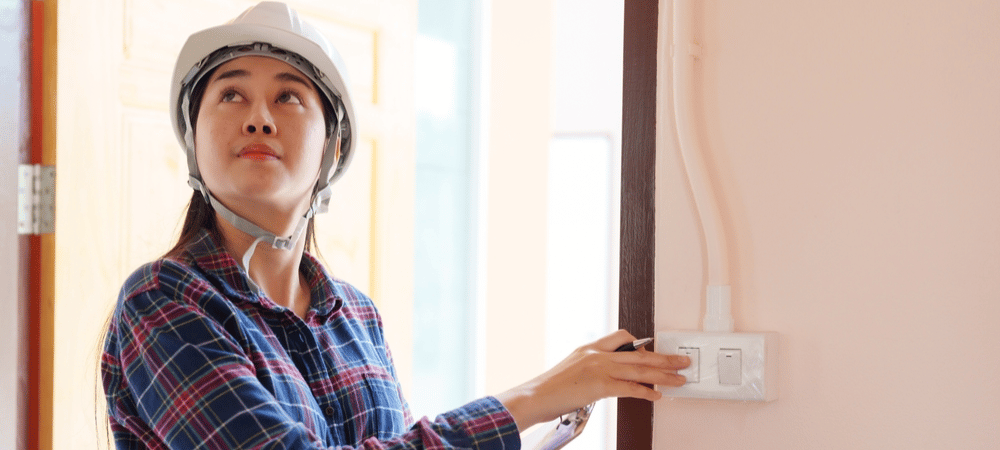
Cabinet materials must meet national safety standards from the American National Standards Institute (ANSI) and the Kitchen Cabinet Manufacturers Association (KCMA). Cabinets bearing the KCMA certification meet rigorous structural integrity, durability, and material standards. ANSI sets quality and performance standards for kitchen cabinets, affecting nearly 90% of manufacturers.
- Formaldehyde Emissions: Builders should know the formaldehyde regulations under the Toxic Substances Control Act (TSCA). Cabinets made from composite wood, like plywood and particleboard, must meet emission limits to be safe for homes.
2. Fire Safety Regulations
Safety is not just a priority in kitchen and bath design; it’s paramount. Particularly for fire hazards, cabinets installed near cooking appliances, fireplaces, or electrical wiring must meet fire safety standards.
As a builder or contractor, you play a crucial role in ensuring the safety of the occupants. To reduce fire risk, 70% of builders prioritize fire safety regulations, including cabinet materials and construction methods.
Some communities require fire-rated cabinets, especially in multifamily projects or high-rise buildings. Checking if local codes require fire-resistant materials is more than just a regulation. This is a responsible, caring decision that can significantly elevate the safety of the renters or homeowners.
3. Accessibility Codes (ADA Compliance)
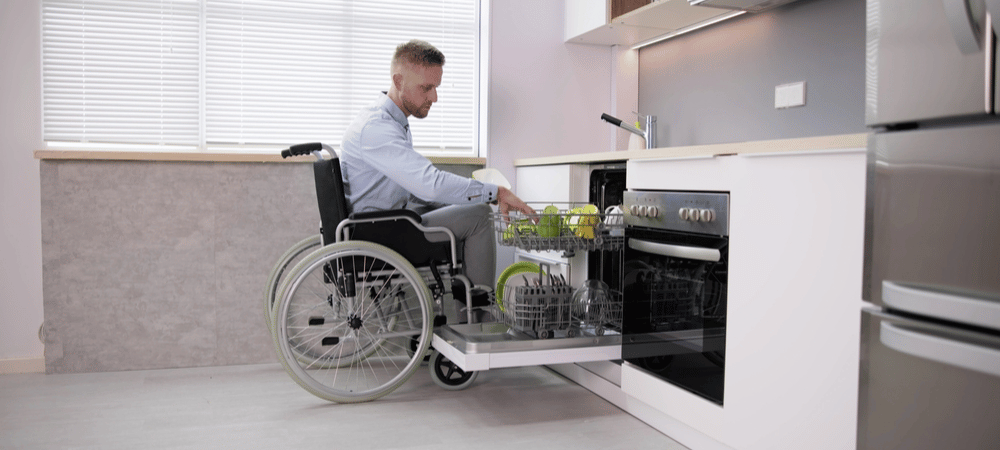
The Americans with Disabilities Act sets guidelines that pros must follow for certain types of construction projects. Ensuring cabinets in multifamily homes, schools, or government buildings meet ADA regulations is more than a legal requirement. This is a thoughtful, inclusive choice that meets everyone’s needs.
- Height and Reach: Design ADA-compliant cabinets at a lower height for easy access for individuals with disabilities. This is particularly important for base cabinets and upper cabinets.
4. Plumbing and Ventilation Codes
When designing cabinetry, builders should consider how cabinets interact with plumbing and ventilation systems. Proper clearance and spacing around sinks, pipes, and ductwork are crucial to preventing issues during and after installation.
- Clearances: Cabinets must meet required clearances from plumbing systems to prevent water damage and allow for future repairs. Like those above stovetops, ventilation systems require adequate spacing to comply with local building codes.
5. Environmental and Sustainability Regulations
As demand for sustainable building grows, builders should understand environmental rules for using eco-friendly, recyclable materials in cabinet construction. Approximately 40% of cabinet manufacturers report implementing eco-friendly practices in compliance with state and local environmental regulations.
- LEED Certification: Many builders now strive to meet LEED (Leadership in Energy and Environmental Design) standards. Cabinets made from sustainable materials like bamboo can improve the project’s green rating and attract eco-friendly clients.
- Family Dwellings and High-Traffic Areas: High-traffic kitchens need strong hardware, reinforced doors, and durable materials.
- Durability: Building codes may outline anchoring methods and reinforcements for cabinetry in these kitchens to ensure safety and longevity.
7. Local Building Codes
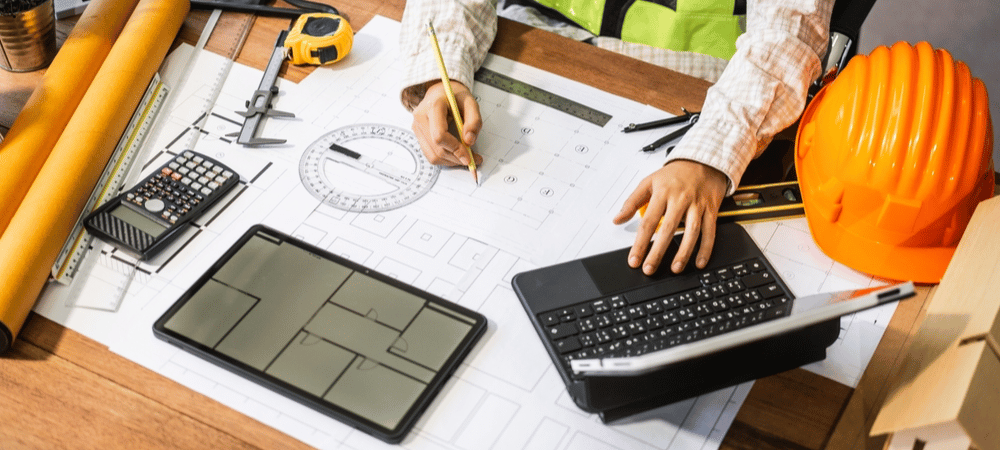
Lastly, builders must familiarize themselves with local building codes, which vary widely depending on the city. Local governments often have specific regulations on the size, placement, and materials used for kitchen and bath cabinetry.
- Permits and inspections: Some cities may require permits for cabinet installation. To avoid violations, consult local code enforcement officers and schedule any necessary inspections.
Final Thoughts
Staying up-to-date with cabinet regulations is essential; it’s a mark of professionalism for builders and contractors. Understanding and adhering to these codes demonstrates your competence and ensures your installations’ safety, functionality, and compliance. Partnering with a supplier like CabinetCorp gives you access to high-quality, code-compliant cabinets, enhancing your professional reputation. For additional insights and recommendations on cabinet design, please stay tuned to our blog at CabinetCorp.


